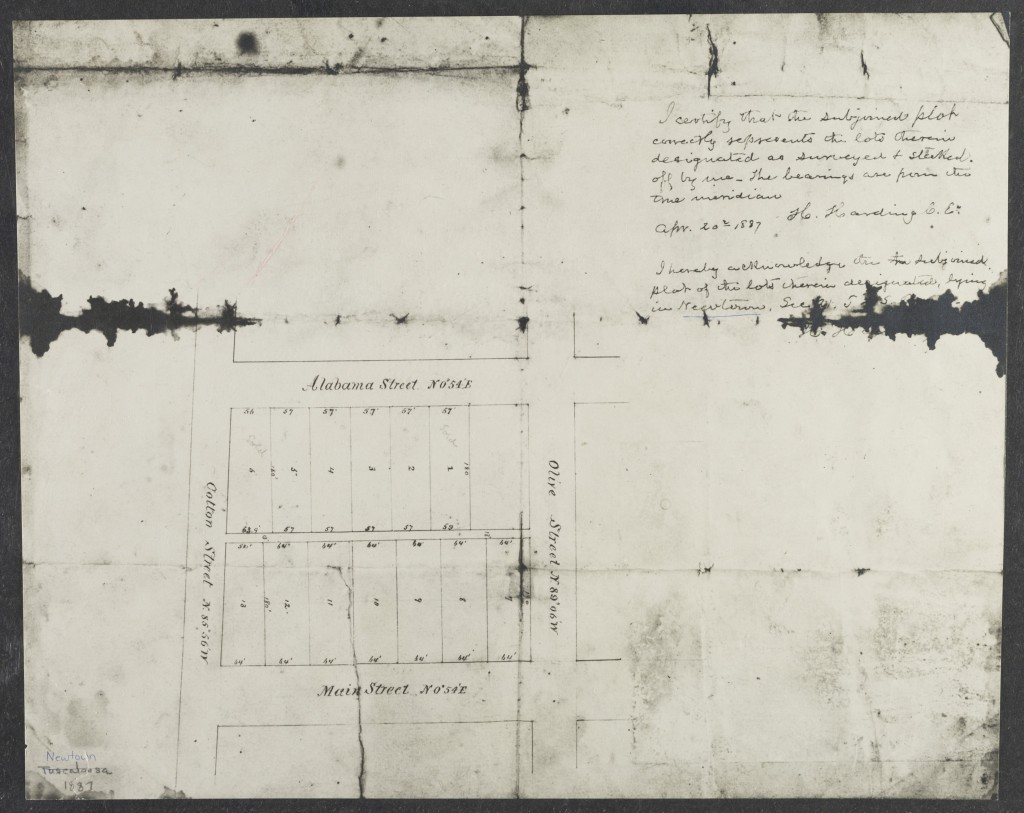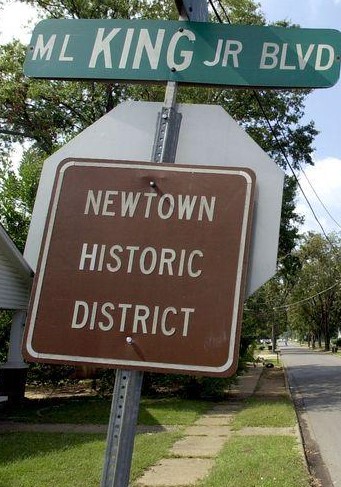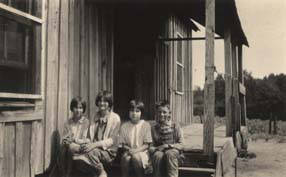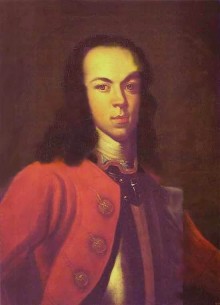New Town/West End addition to Tuscaloosa in 1821
A little after this period of time, in 1821, that part of the Tuscaloosa city limits known as”West End” and at times called “New Town”, was purchased from Colonel William Ely, agent of the deaf and dumb orphan asylum of Hartford, Conn. Continued below
New Town Map 1887 (Courtesy of University of Alabama Libraries)
It was purchased for making an addition to the original city limits which included all of Section 22. The new addition included a little over half of Section 21. The purchasers were Wm. L. Marr, Hardin Perkins, Wm. Parris, Charles Lewin, Isaac Patrick, James Spencer, John Spencer, Peter A. Remson, Benjamin and George Cox, Gilbert and Gordon Salestonstall. These purchasers had the half section surveyed into lots and streets and sold at private sale the lots. Most of the above-named parties built their homes in this new addition.
William L. Marr lived where Mr. Charley Morgan later lived. Hardin Perkins built and owned and lived in the home which was later owned by Mr. George Morgan. Charles Lewin lived where Mr. Marion Ward lived and ran a hotel built partly of logs and partly of brick.
George Cox, who had been a sea captain, had a store on the corner northwest from Mr. Ward’s where Mr. George Davidson once owned and lived. Captain Cox lies buried under a brick vault about a hundred yards north of the Dr. Trimm residence.
New court house built near the section line
When “New Town” began making a pretty good showing contention arose as to where the court house should stand, whether in the old survey, or in “New Town.” Years ago it was said by some of the oldest inhabitants then living that in order to settle this contention, a compromise was made and the court house was built as near the section line as possible on lots 9 and 10 in New Town survey.
While in a sense of the word it was a compromise, it was, as a matter of fact, the result of an election held by the people of the county in February 1822.
The University of Alabama Libraries states the following about the demise of Newtown
“Tuscaloosa became the state capital in 1826, and an act of the state legislature greatly extended Tuscaloosa’s boundaries, thereby ending Newtown’s separate existence(Clinton, Tuscaloosa 54).
“Even today, however, the effects of Newtown’s history are visible. At Martin Luther King, Jr., Blvd., which formed the north-south border between the towns, the east-west streets make a notable jag, becoming more square on the Newtown side. A handful of beautiful historic Newtown homes still stand today, such as the Carson Home on 36th Ave. This abiding influence is in spite of a horrific tornado in 1842, which destroyed many of the original Newtown buildings, including the defunct courthouse (Clinton, Scrapbook 34).”
More information on Newtown
- Newtown Historic District.
- Newtown, Tuscaloosa, Alabama was nearly wiped off the map by a tornado in early history





